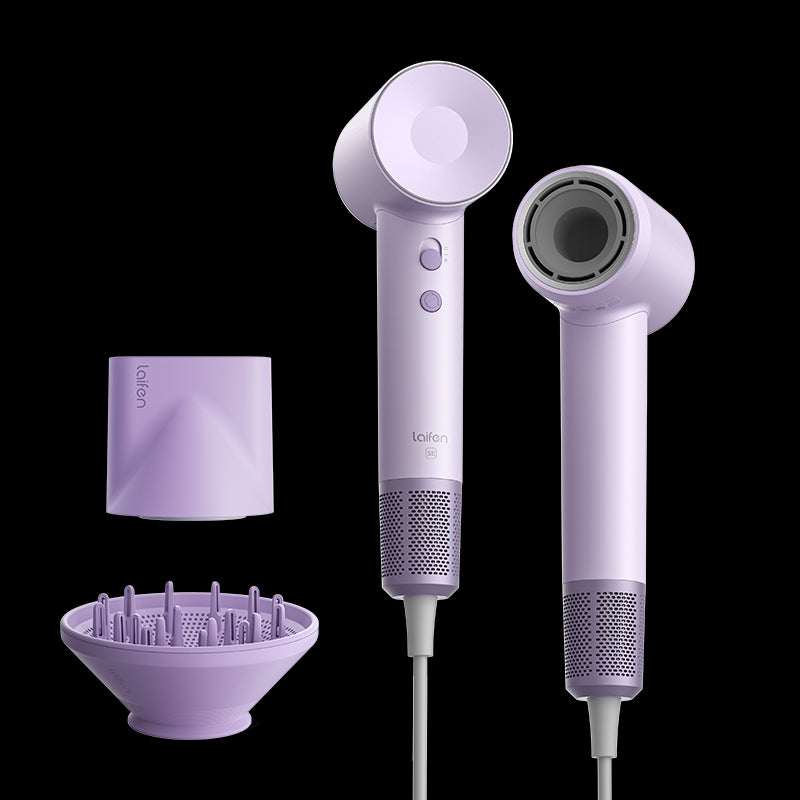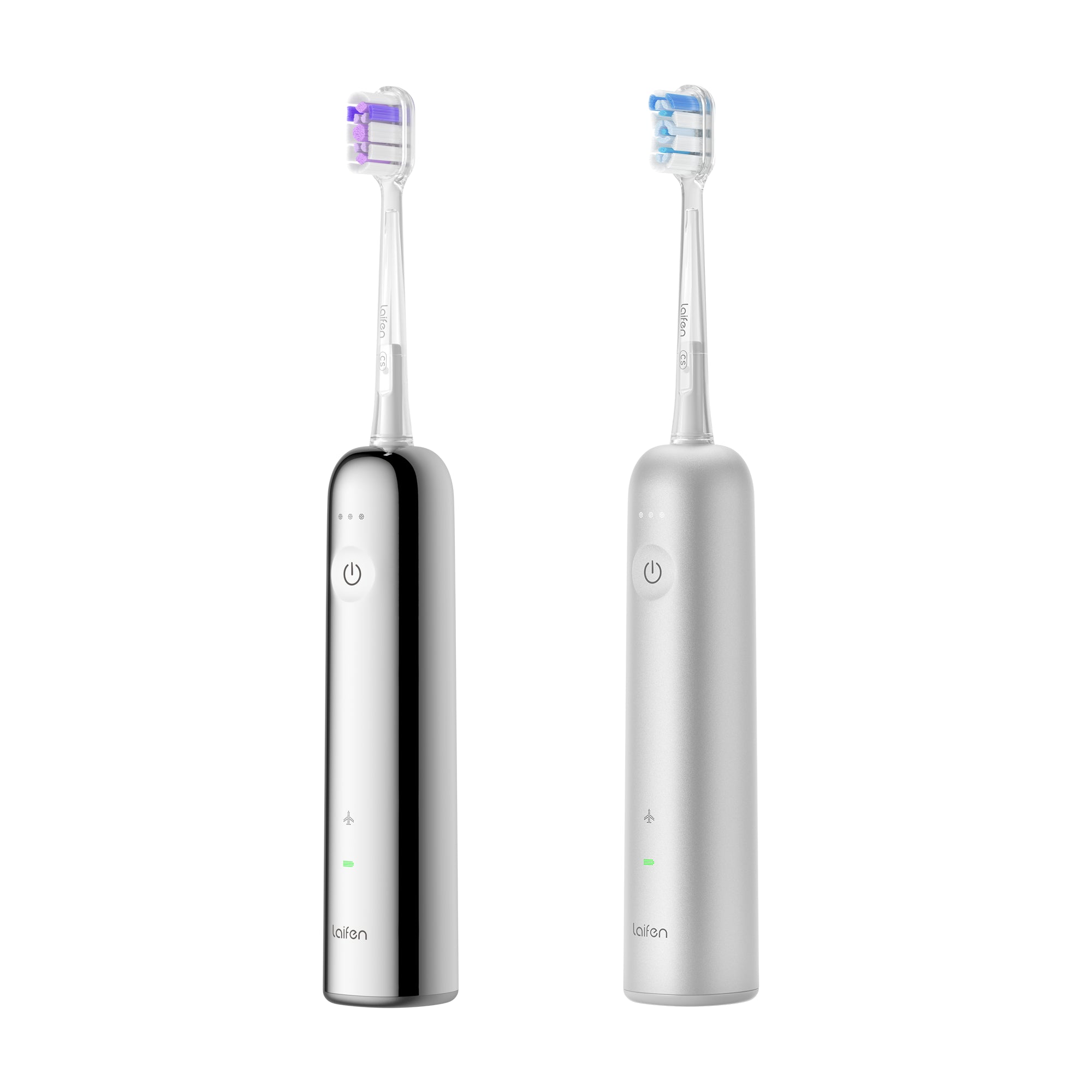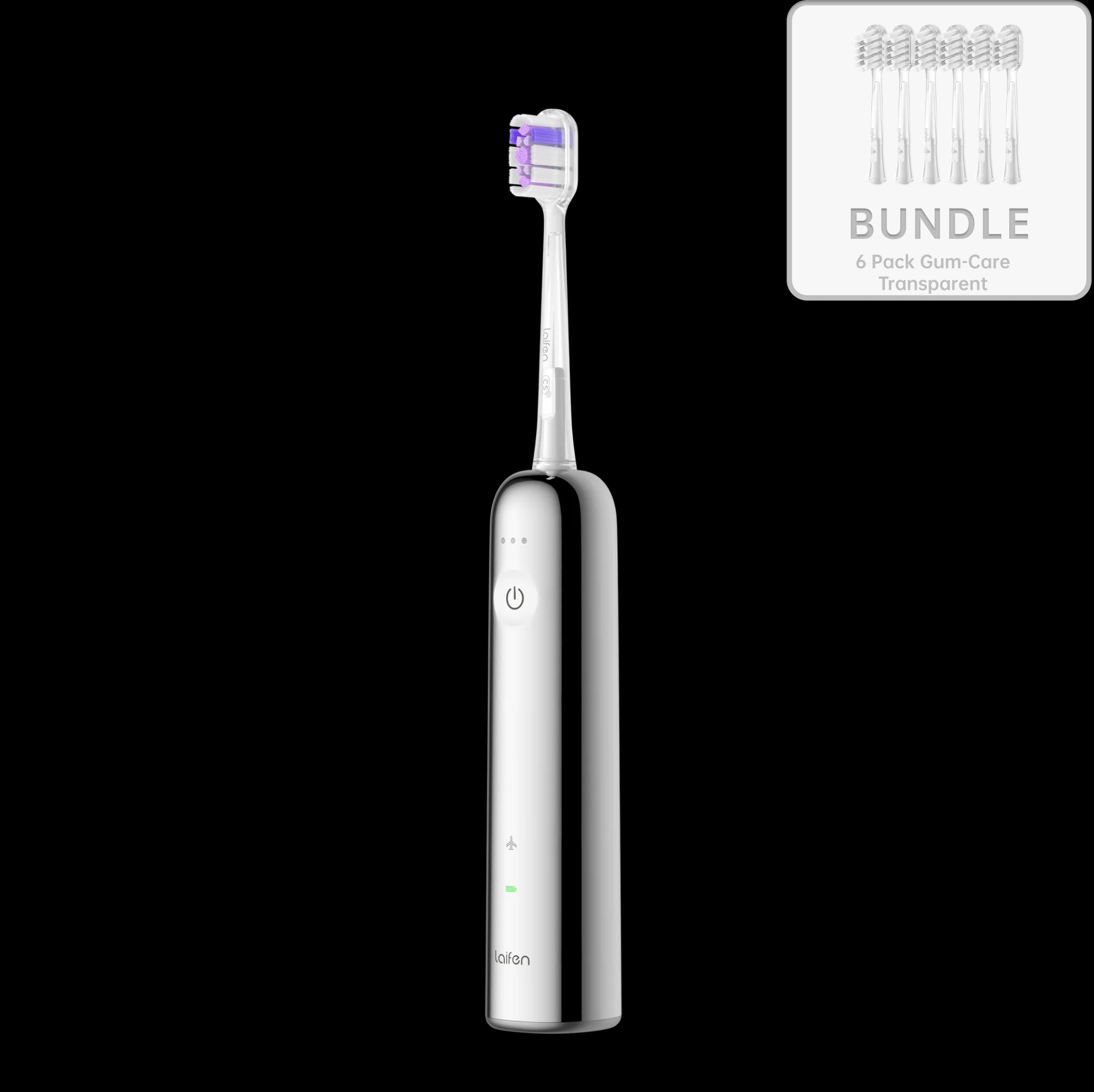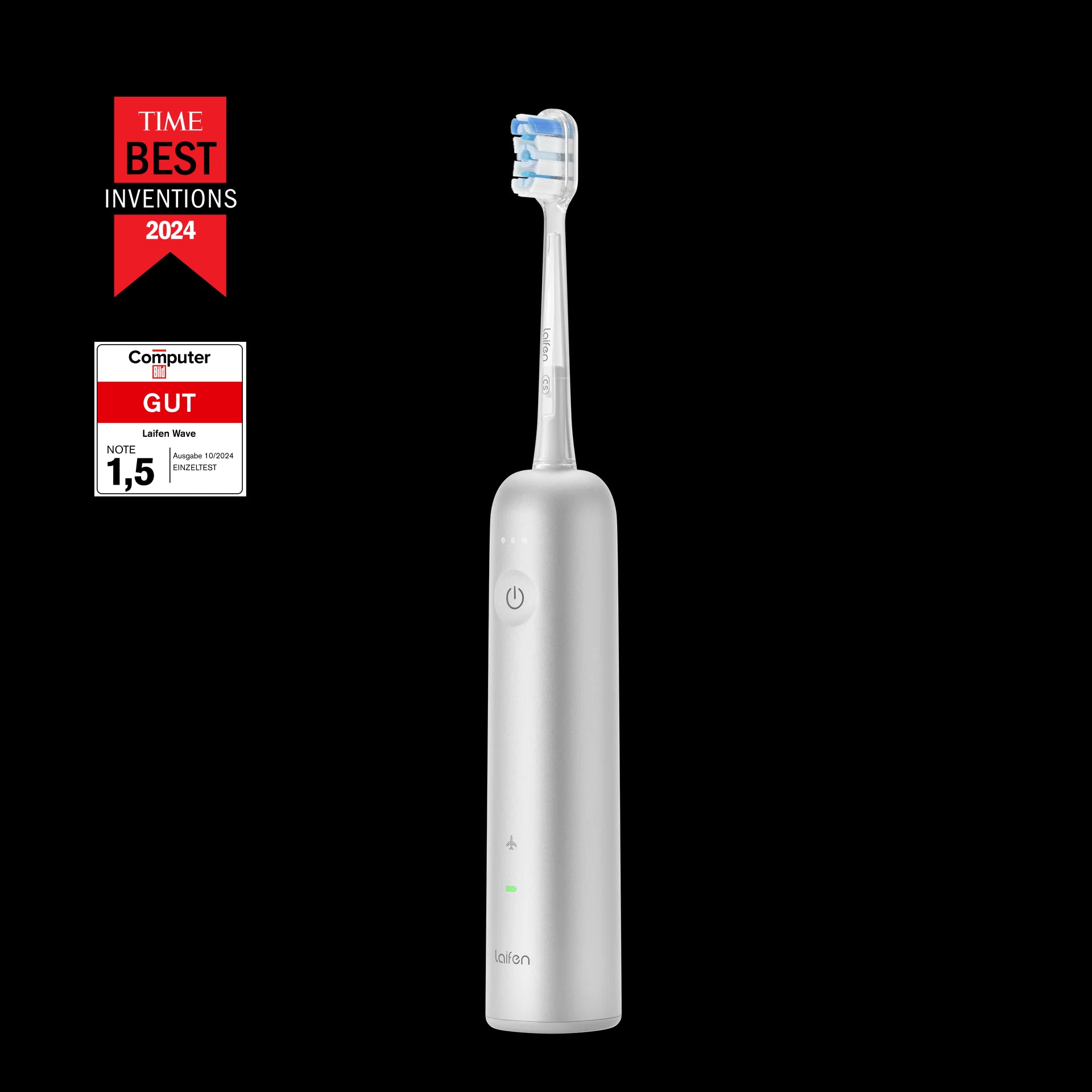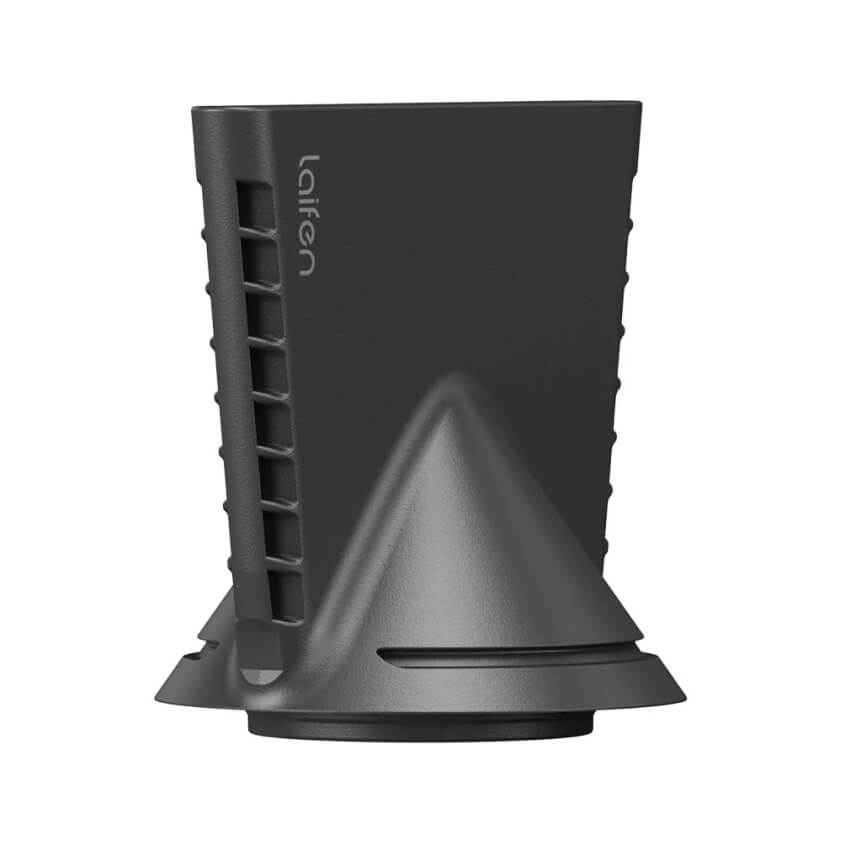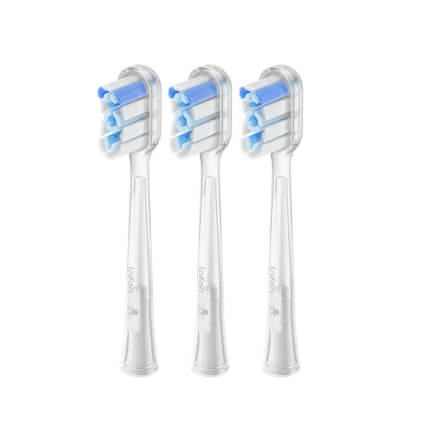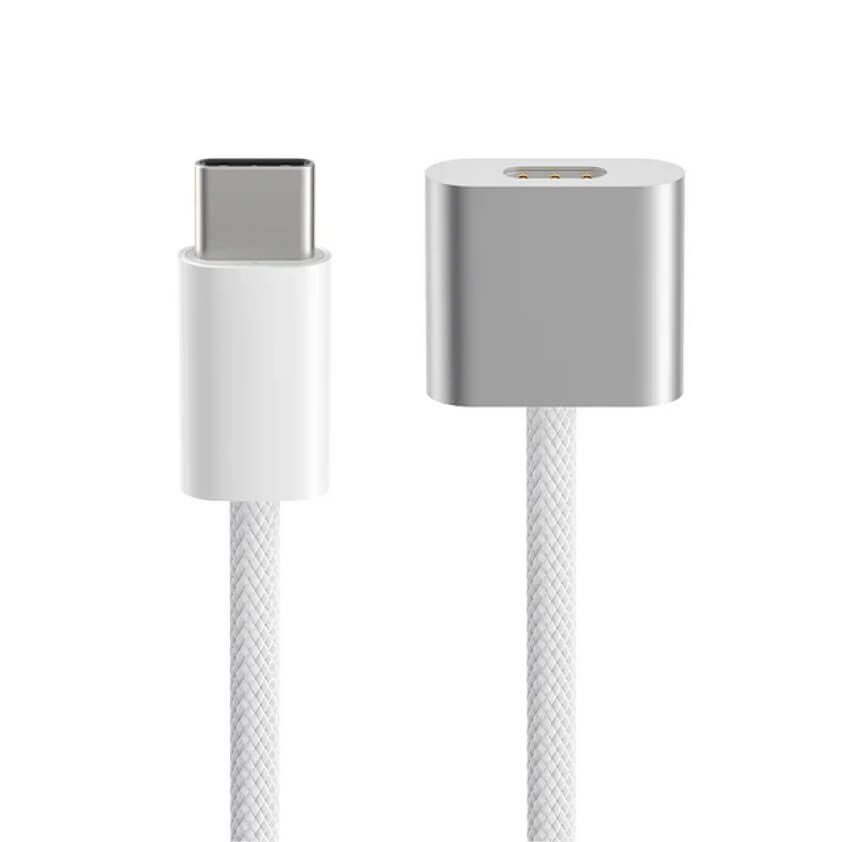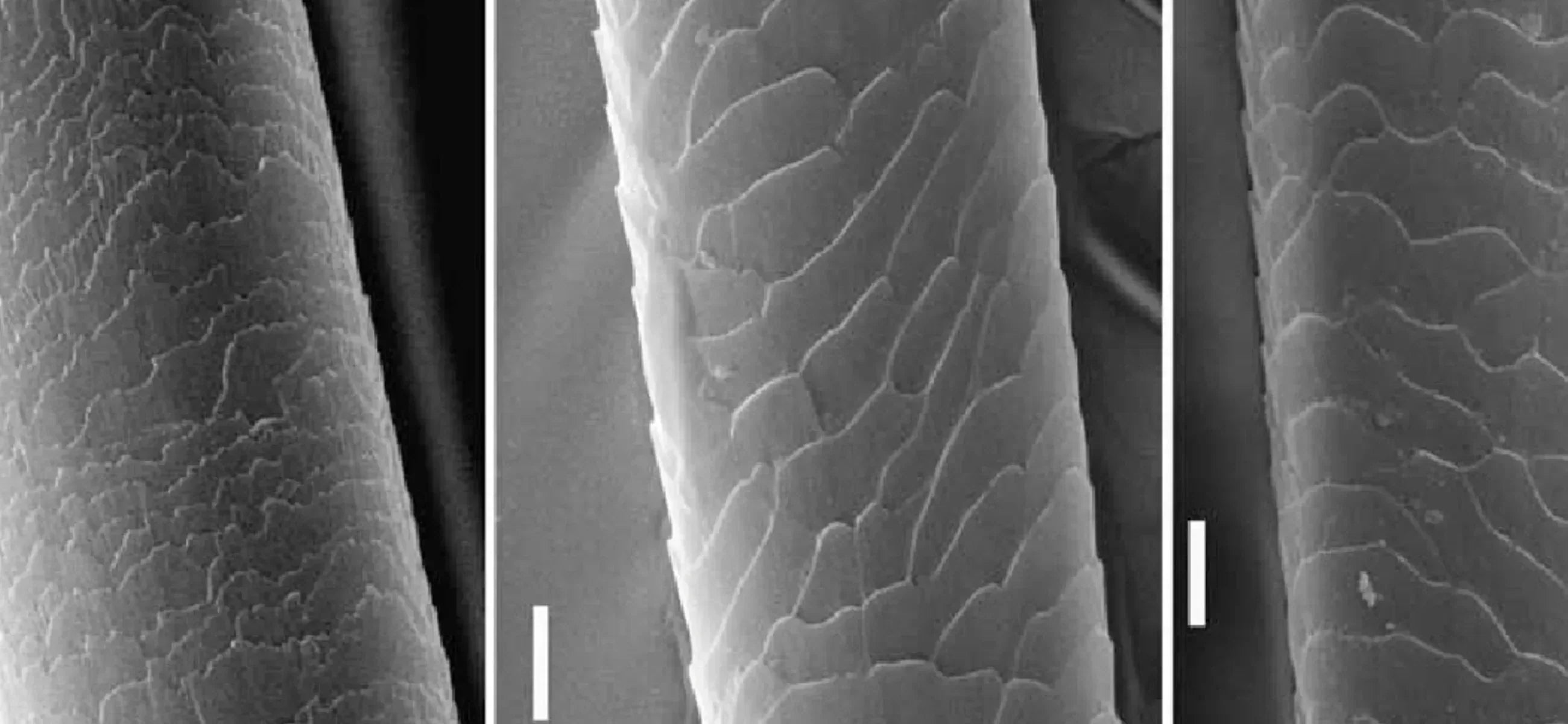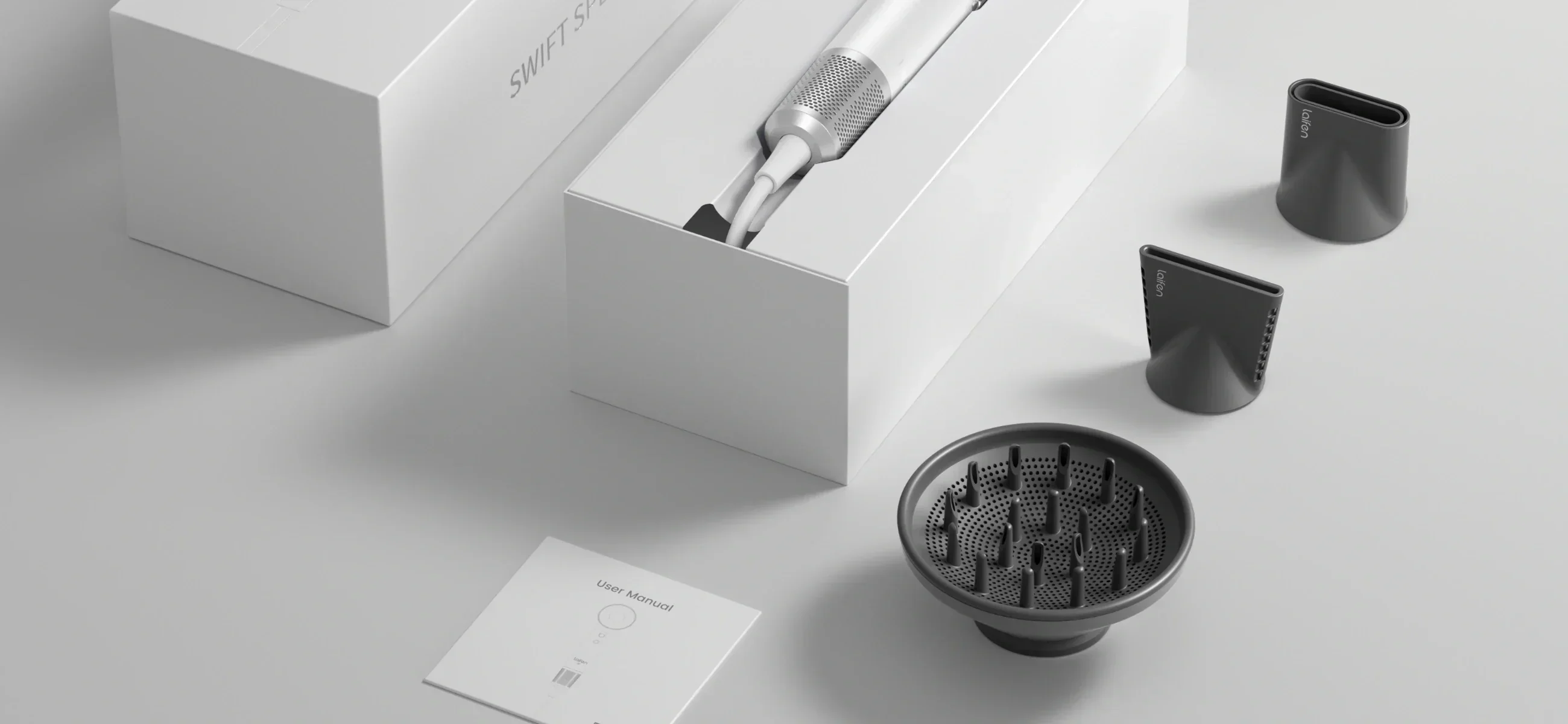
In this article
Dry hair ends can result from various factors, including excessive heat styling, harsh chemical treatments, and environmental factors like sun exposure or dry air.
To treat them effectively, it's crucial to choose the right products, such as nourishing oils and hydrating shampoos, to replenish moisture and restore vitality to the hair. Regular trimming is essential to remove split ends and prevent further damage.
More tips and guides of dry ends hair in the following.
What do dry hair ends look like

Dry hair ends are the scraggly, straw-like strands that sit at the bottom of your hair acting like they’ve been through a desert storm. Dull, frizzy, and a little rebellious, they don’t shine, they crunch. Some might split into two, three, even four little branches (yes, they’re that dramatic), while others stick out wildly like they’re trying to escape your hairstyle altogether.
Why are the ends of my hair so dry
Dry hair ends can be attributed to a variety of factors. According to a study published in the International Journal of Trichology, heat styling tools and chemical treatments are major contributors to dryness, with over 65% of participants reporting increased dryness after using such methods regularly.
Environmental factors like sun exposure and dry air further exacerbate the issue, leading to weakened hair strands and moisture loss.
User experiences often reflect these findings, with many individuals reporting dryness and brittleness in their hair ends after prolonged use of heat styling or exposure to harsh weather conditions.
Why do the ends of my hair dry so fast
-
Your ends are vintage. They’ve lived through every blow-dry, every dye job, every winter wind, and it shows.
-
Your scalp might be doing its oily best, but those nourishing oils don’t always travel the full hair highway. By the time they reach the end? Ghosted.
-
Flat irons, curling wands, hot air blasters, your ends get roasted daily. Over time, the heat weakens the cuticle, and moisture just bails.
-
Bleach, dye, perms. These are fun, but they strip the ends of their protective armor.
-
The sun, wind, and even indoor heating are out here stealing your moisture.
-
Split ends and broken cuticles can’t hold hydration. Once the damage is done, water and moisture slip right through like a leaky bucket.
Dry hair VS Split ends
|
|
Dry hair |
Split ends |
|
What is it really? |
Hair that’s parched—moisture-starved from root to tip |
Hair that’s snapped, shredded, and splitting at the very ends |
|
Where does it show up? |
All over: roots, mids, ends |
Just the ends, like little frays or forks at the bottom |
|
What does it feel like? |
Rough, stiff, maybe a bit crunchy |
Wispy, uneven, almost like your tips are unraveling |
|
Why does it happen? |
Overwashing, heat, sun, bad habits (hello, towel tugging) |
No trims, over-styling, chemical chaos |
|
Can it be fixed? |
Yes! Feed it moisture: masks, oils, gentle TLC |
Nope. Only a trim will save you from the fray |
|
How to spot it? |
Dull, no shine, feels tired |
Ends look like tiny paint brushes or fuzzy twigs |
How to fix dry hair ends
Fixing dry hair ends requires a systematic approach to restore moisture and vitality. Here's a professional guide in four steps:
Trimming
Schedule a visit to your hairstylist for a trim every 6-8 weeks to remove split ends and prevent further damage. Regular trims help maintain the health and appearance of your hair, promoting growth and reducing breakage.

Deep conditioning
Incorporate deep conditioning treatments into your hair care routine at least once a week. Choose a hydrating mask or conditioner specifically formulated for dry hair ends and leave it on for the recommended time to deeply nourish and moisturize your strands.
Protective styling
Minimize heat styling and exposure to harsh environmental factors that can contribute to dryness. When heat styling is unavoidable, use a heat protectant spray to shield your hair from damage and limit the use of hot tools to prevent further drying. Review the hairstyles for dry hair ends.
Nourishing products
Invest in high-quality hair care products, including moisturizing shampoos, conditioners, and oils. Look for ingredients like argan oil, coconut oil, and shea butter, which help replenish moisture and strengthen the hair. Apply a small amount of hair oil to the ends of your hair daily to keep them hydrated and smooth.
Some tricks on curing dry hair ends you can try
-
Pre-shampoo treatment: Apply a nourishing oil or hair mask to the ends of your hair before shampooing. This helps to protect the ends from the drying effects of shampoo and seals in moisture during the cleansing process.
-
Cold rinse: Finish your shower with a cold water rinse to help seal the hair cuticle and lock in moisture. This can prevent moisture loss and leave your hair feeling smoother and shinier.
-
Avoid over-washing: Limit washing your hair to two to three times per week to prevent stripping the natural oils from your hair. Over-washing can lead to dryness and exacerbate the problem of dry hair ends.
-
Silk pillowcase: Sleeping on a silk pillowcase can help reduce friction and prevent further damage to your hair ends. This can help to maintain the moisture balance in your hair and prevent breakage.
Best hair products for dry ends
1. Best oil for dry hair ends
Argan oil is renowned for its moisturizing and nourishing propertie. It helps to hydrate and soften the hair, reducing frizz and improving manageability. Look for pure, cold-pressed argan oil or hair serums containing argan oil for best results.
2. Hair mask for oily scalp and dry ends
A balancing hair mask that targets both oily scalp and dry ends is ideal for addressing these dual concerns. You should use masks formulated with ingredients like tea tree oil and kaolin clay to help clarify the scalp and regulate oil production, combined with hydrating ingredients like shea butter and avocado oil to nourish and moisturize the ends.
3. Best shampoo for dry damaged hair with split ends
Choose a moisturizing shampoo formulated for dry, damaged hair with split ends. Look for shampoos enriched with ingredients like keratin, protein, and vitamins to strengthen and repair the hair shaft, while also providing deep hydration to combat dryness.
The ends of my hair are dry and frizzy: Solve it!
Addressing dry hair ends requires a multi-faceted approach involving regular trimming, deep conditioning treatments, and the use of nourishing hair products.
By adopting a gentle hair care routine, minimizing heat styling, and protecting hair from environmental stressors, it's possible to restore moisture and vitality to dry ends, promoting healthier, more resilient hair overall.
FAQs
What to put on dry ends of hair?
Go for nourishing oils like argan or coconut, or a rich leave-in conditioner. These seal in moisture and soften the ends without weighing them down.
How to cure dry ends for hair?
You can’t fully “cure” them, but you can manage them. Trim the damage, deep condition weekly, and protect with heat-safe products to prevent further dryness.
How to make ends of hair less dry?
Hydration is key. Use a sulfate-free shampoo, apply conditioner generously to your ends, and finish with a touch of oil or cream to lock in moisture.
How to deal with dry hair ends?
Avoid over-washing, detangle slowly, and minimize heat. Use moisturizing products daily and trim regularly to keep dryness in check.
Is it better to cut hair with wet or dry split ends?
Cutting dry is best for split ends. It reveals exactly where the breakage is and allows for cleaner, more targeted snips.


